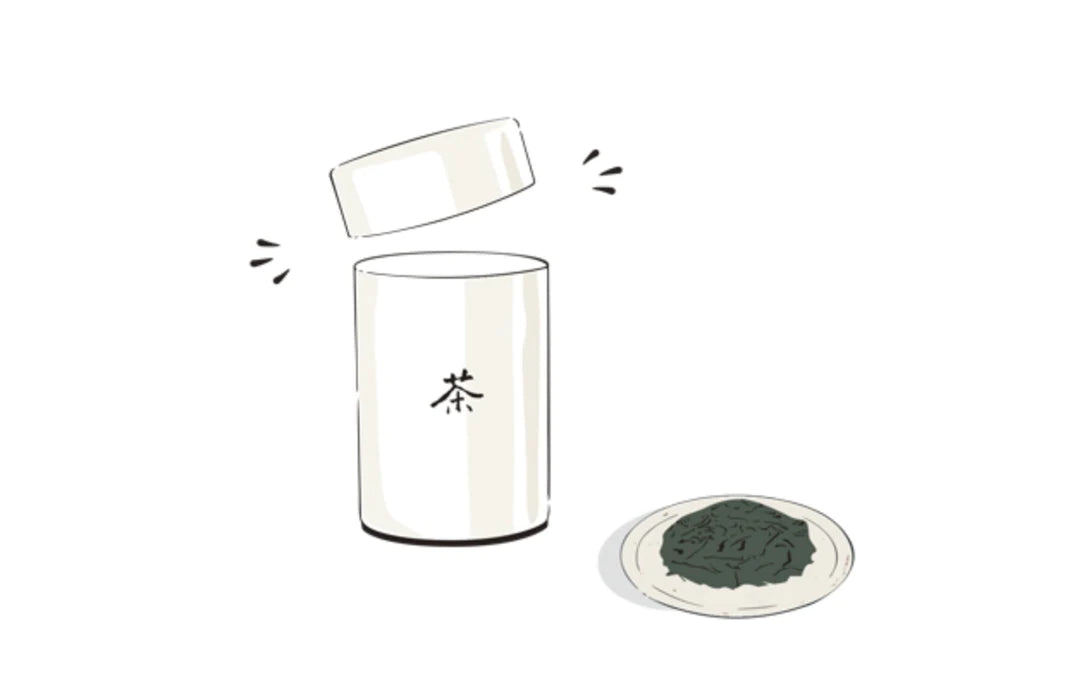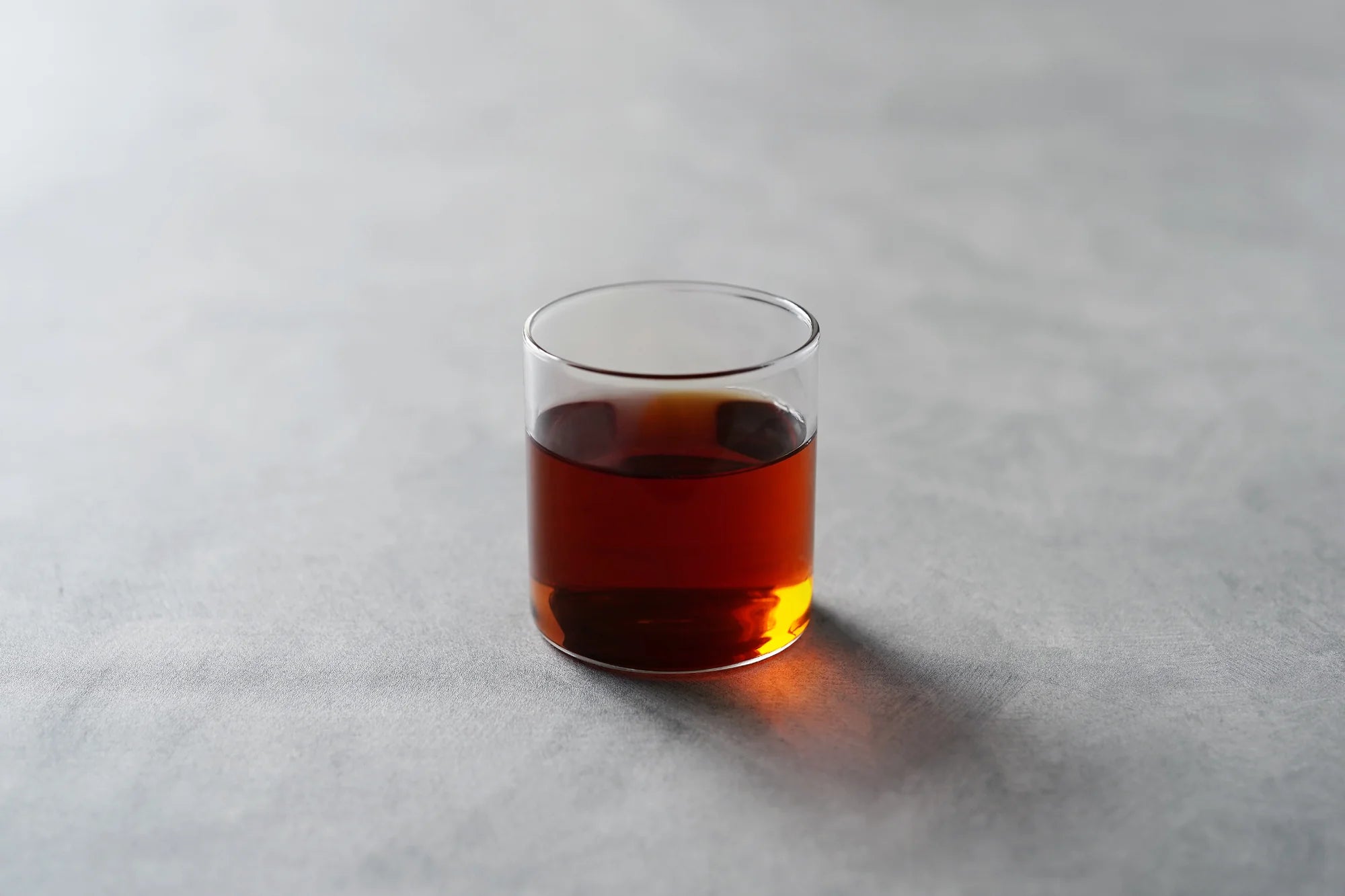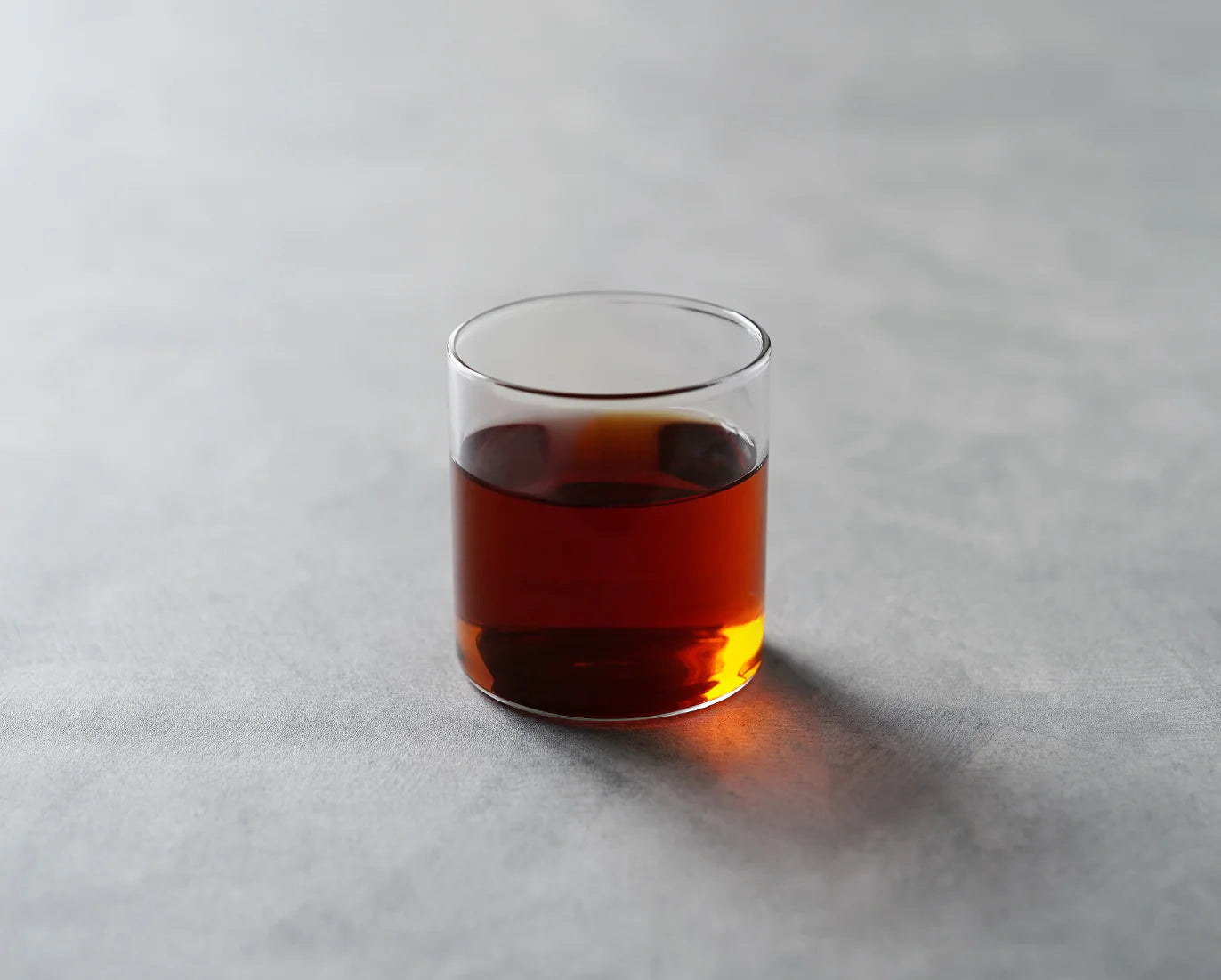The biggest charm of hojicha and kuki hojicha are their roasted aromas. However, more hidden and refined tastes add to their attractiveness. Because hojicha is easily and widely available, we hope you do find your liking as well.
What Is Hojicha?
Hojicha is made of the leaves and stems of sencha, roasted at a high temperature, characterised by a roasted aroma and a dark brown colour. The tea's bitterness and astringency is largely substracted by roasting at high temperatures, rendering the tea largely refreshing. Hojicha goes well with various foods and western- and Japanese-style sweets of any kind. It's tender flavour makes the tea easy to drink whether it is hot or cold and also makes it the perfect refreshment to quench your thirst.
There are two types of hojicha: “Hojicha” is usually made of roasted tea leaves. “Kuki hojicha” (twig hojicha) is made of roasted twigs. Either type has different charms: Hojicha is light and plain while kuki hojicha is characterised by sweetness and a rich mellowness. Each type can be enjoyed according to your mood.
Quality Differences
sweetness

A faint ooze of sweetness arises after an aroma. Free of heaviness and well harmonised with the roasted aroma.
The sweetness is very weak overall and can hardly be sensed. However, it can't be said this is a total minus as it results in a stronger briskness.
umami

Not as strong as sweetness. Faint deliciousness may be felt if one tries to sense it. When deliciousness is too strong,
the flavour gets too heavy and tea becomes undrinkable by a large amount.Deliciousness is very weak overall and hardly sensed. However, this can't be completely denied as it results in stronger briskness.
bitter and astringent

High quality hojicha is mostly sweet and delicious (because it is only lightly roasted) and releases most of it's harshness and astringency when boiled.
There is little bitterness, astringency and harshness.
aroma

Abundant and strong. Deep and profound, and thus lingering. The roasted aroma is accompanied by elegance, pleasantness and sweet fragrance.
Weak and faint. Lacks in deepness and profoundness. The roasted aroma is only superficial. There is no complexity or continuity.
liquor colour

The higher the price, the lighter the roasting, and thus, the more pale the brown colour becomes.
Stems are more deeply roasted than the leaves and hence renders the liquor darker and deeper.
How to Make Good Cups of Tea (for two)
As hojicha is casual and easily brewable, it is the perfect everyday tea for all occasions. Slightly heat the tea leaves in a microwave oven before brewing in order to extract a better roasted aroma. Be careful not to burn them.

Recommended Way To Taste

how to store
Here are some tips to keep your tea fresh and enjoy it tastily.





